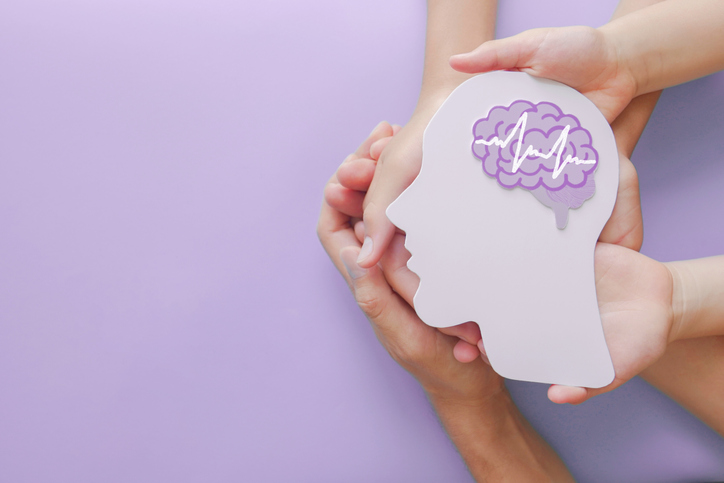
Understanding Squirting: Young Women’s Experiences and Insights

Squirting is when some women release a fluid during sexual activity, usually through the urethra. This happens naturally and involuntarily, before, during, or after orgasm. The amount of fluid can vary widely, from a small amount to over 100 milliliters. There’s some debate about what exactly squirting is. Some studies suggest the fluid comes from the bladder, mixed with secretions from the Skene’s glands, which are like the female version of the prostate.
While female ejaculation has been described for centuries, there is still limited research on squirting. Some people may think it is a common part of sexual arousal or orgasm, but in reality, it’s less frequent, and has an estimated prevalence of about 5%. Perhaps this is why the scientific understanding on squirting is still evolving, which can lead to confusion and unrealistic expectations, especially among young women and their sexual partners.
More research is needed to help healthcare providers like nurses, sexologists, and psychologists offer better guidance and support for women who experience squirting, promoting a healthier approach to sexuality. With this in mind, researchers used a qualitative study to explore young women’s experiences and thoughts on squirting.
The authors recruited 17 women, aged 18 to 30, who had experienced squirting at least once. Participants were initially selected from students in a Master’s program on sexology, and then others were invited through referrals. All participants gave informed consent.
The researchers conducted in-depth interviews with each participant, lasting 30-40 minutes. These interviews were recorded, and confidentiality was maintained. Participants were allowed to review their interview transcripts before the analysis began. The data was analyzed using a special software, following a process called thematic analysis. This involves breaking down the interviews into themes or key ideas. The goal was to understand the different aspects of the squirting experience, like the physical and emotional sensations, and how it impacts relationships.
Ultimately, four themes emerged from the data:
- Exploring Factors Influencing Initial Squirting Experiences
Many women felt surprise, fear, or confusion during their first squirting experience, often due to a lack of prior knowledge. The emotional response ranged from embarrassment to curiosity. Trust and a comfortable, pressure-free environment were crucial for women to feel more at ease during future squirting experiences. - Insights Gained Through Squirting Experiences
Participants shared both the physical sensations and emotional aspects of squirting, often describing it as a pleasurable release. Some noted positive reactions from their partners, though societal expectations around female sexuality sometimes caused frustration, especially regarding body image and performance pressures. - Communication as Key in Sexual Relationships
Clear communication with sexual partners was seen as vital for positive squirting experiences. Participants emphasized that discussing their preferences and feelings improved both their sexual self-esteem and their overall satisfaction in sexual encounters, fostering deeper connections. - Sources and Resources for Knowledge on Squirting
Participants expressed a need for better education about squirting, as many relied on unreliable sources like pornography or social media for information. They felt that comprehensive sex education, led by well-trained professionals, would help clarify misconceptions and provide a more realistic understanding of squirting.
This study explored young adult women’s experiences and perceptions of squirting, revealing both positive and negative emotional responses. Many participants felt pleasure, calm, and relaxation, but also experienced fear and shame due to a lack of awareness about the phenomenon. Societal expectations and unrealistic portrayals of squirting, particularly in pornography, contributed to these mixed feelings. Squirting was found to positively influence women's sexuality by enhancing pleasure and increasing the diversity of sexual practices, but it also created pressure to meet perceived sexual performance standards.
The results of this study highlighted the need for better sex education and training for healthcare professionals, emphasizing a more comprehensive understanding of sexuality that includes addressing squirting and other related phenomena. The authors suggested that healthcare workers should be trained to provide sensitive support to women and that better public knowledge could reduce stigma and anxiety around squirting. While current research on squirting is limited, this study adds valuable insights and calls for further exploration into the emotional and physical aspects of the experience to improve sexual health education and support.
References:
- Cutillas-Blasco, S., Ruiz-Gonzalez, C., Rueda-Ruzafa, L., Ropero-Padilla, C., Roman, P., & Rodriguez-Arrastia, M. (2024). Experiences of young women in the practice of squirting: A descriptive qualitative study. The Journal of Sexual Medicine, 21(8), 691–699. https://doi.org/10.1093/jsxmed/qdae065


